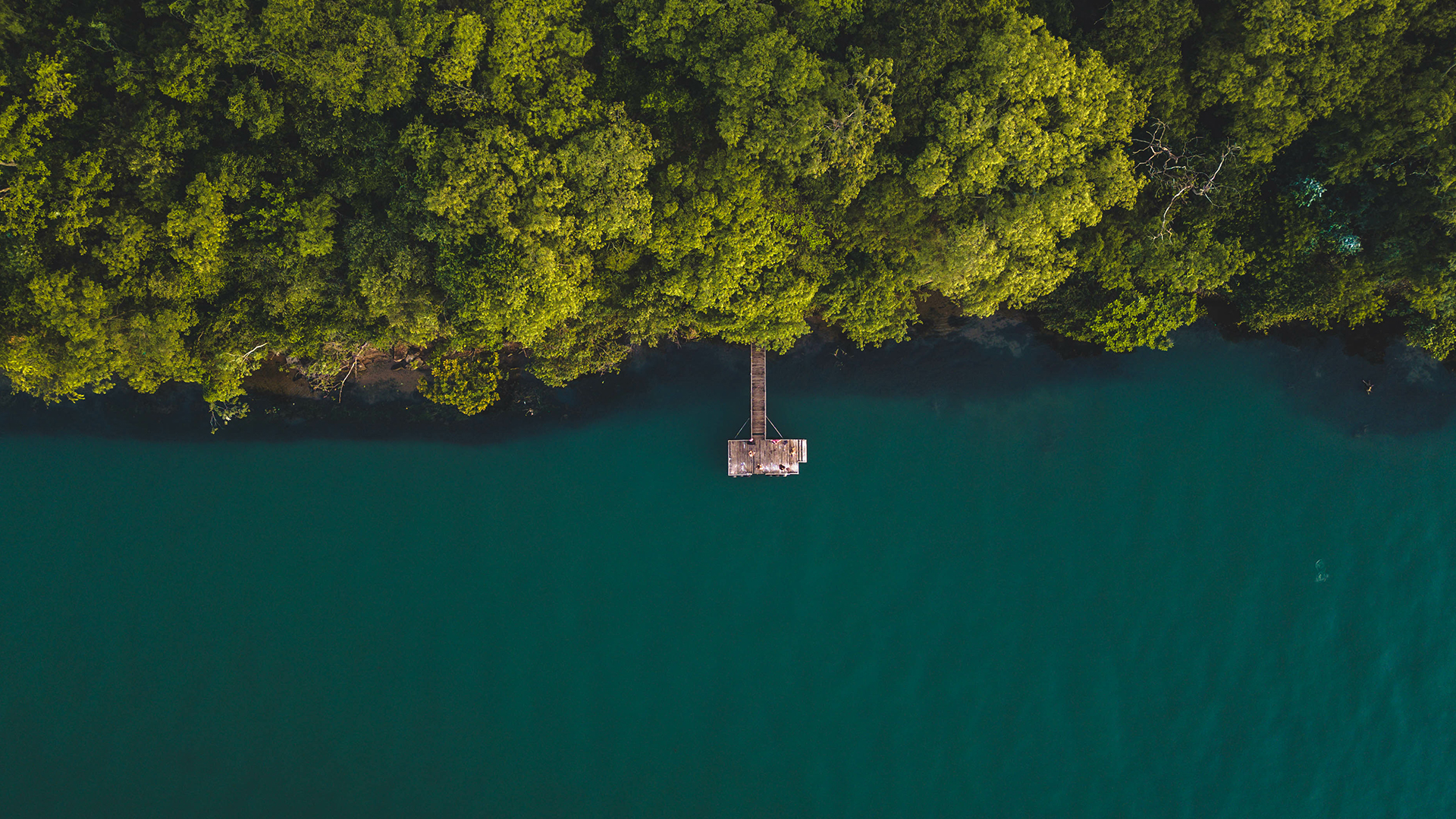
Tell Me Like I’m Ten: An Interview with Prof. Mahesh Sankaran
Netra Prakash
March 26, 2024
Prof. Mahesh Sankaran won the 2021 Infosys Prize in Life Sciences for his work in tropical savannahs, ecosystems long disregarded by the scientific community. In this exclusive interview, he clears the fog of ignorance surrounding these ecosystems to reveal their importance in our world.
Netra: What inspired you to study tropical savannahs, ecosystems long dismissed as unproductive, “degraded forests”?
Prof. Sankaran: Initially, as is the case with many field biologists, I merely wanted a way to get out into the field. But the tropical savannah, a curious mix of grasses and trees, teeming with diverse wildlife and complex interactions of climate, soil, and fire, turned out to be so much more than that. As I explored this unique ecosystem, I began to ask fundamental scientific questions about it: the answers to which were revelatory.
Netra: Tell me more about these questions, and the answers your studies revealed.
Prof. Sankaran: People assume that tropical savannahs used to be forests, and have since been degraded. That under the right conditions, they can be restored to forests.
But our work has shown that savannahs are stable ecosystems, which will remain savannahs even when fires, herbivores, and any number of supposedly destructive factors are removed. So why don’t trees take over the savannah? What is this intermediate state it exists in? How do its two major life forms - grasses and trees - coexist?
This is the Savannah Problem.
Netra: Has this Problem been solved yet?
Prof. Sankaran: While ecologists haven’t arrived at a single answer, many nuanced hypotheses have been proposed to explain tree-grass coexistence in savannahs.
A popular theory has to do with rainfall. Tropical grasses are shade-intolerant: if their access to sunlight is blocked by a dense canopy of trees, they cannot survive. When rainfall is high, there is enough water to support high densities of trees, which hinder these grasses from growing. This forms a forest, devoid of grasses in its understory.
In tropical savannahs, however, there is not enough rainfall to support the high densities of trees which could shade the understory. This allows grasses to persist in the ecosystem. The presence of grasses in the understory then changes the dynamic between the ecosystem and its trees. Grasses act as fuel for fires, which in turn check the growth of trees, as well as provide forage for grazing herbivores.
Therefore, many believe that the climate of the tropical savannah provides just the right amount of rainfall for its grasses and trees to coexist.
Netra: Next, let’s understand the relevance of tropical savannahs to our lives. What is the role of these ecosystems in the fight against climate change?
Prof. Sankaran: While we usually only hear about the climate crisis, there is another equally pressing problem intertwined with it: the biodiversity crisis.
As we try to combat the climate crisis by planting trees, setting up renewable energy plants, and carrying out other such initiatives in savannahs, we cause biodiversity loss in these ecosystems, exacerbating the biodiversity crisis.
In India, savannahs support some of the last remaining populations of endangered charismatic fauna such as the Great Indian Bustard, wolf, hyena, and black buck, which continue to be threatened by the land conversion activities I mentioned earlier. Besides losing such iconic taxa, anthropogenic activities resulting in species loss in savannahs negatively impact these ecosystems’ functioning, reduce the services they provide humans with, and make them more vulnerable to future climatic change.
While many believe that planting trees in savannahs can help in carbon capture, what they don’t realize is that savannahs already act as carbon sinks! In fact, savannahs sequester 20-30% of the planet’s soil carbon. In these ecosystems, soil provides a more stable carbon sink than trees, which are frequently threatened by droughts, fires, and other grassland phenomena. So, instead of planting trees in savannahs, we should set our sights on restoring them to their natural utility in underground carbon sequestration.
Netra: What about ecology as a whole? How is this branch of science relevant to the world’s current crises?
Prof. Sankaran: The study of ecology is essential to solving our current biodiversity crisis. That’s why it’s so important that we increase educational opportunities in fields like ecology and conservation, especially at the undergraduate level. Of course, ecology alone cannot solve our problems: an interdisciplinary approach is required to build a cadre of people that can effectively deal with these interdisciplinary issues. Together, with a diverse range of knowledge and expertise, we can pave the way towards a sustainable future for all living beings.
